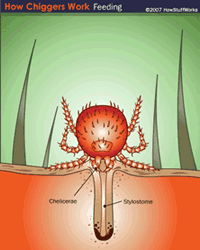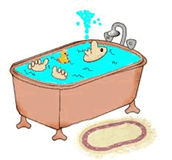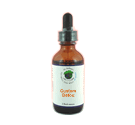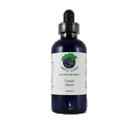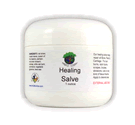 Arthropod/Vector
Bacteria
Chemicals
Fungus /Mold
/ Yeast Metals Parasites Virus Other Arthropod/Vector
Bacteria
Chemicals
Fungus /Mold
/ Yeast Metals Parasites Virus Other
|
Chigger & Mite Detox Information
One of the greatest misconceptions about chiggers is that they burrow into our skin and eventually die within the tissues, thus causing the persistent itch. Chiggers are not equipped to burrow. Chiggers do bite us, much like ticks do. Chiggers attach by inserting minute specialized mouth parts into skin depressions, usually at skin pores or hair follicles. The chigger's piercing mouth parts are short and delicate. They can only penetrate thin skin or where the skin wrinkles and folds. That's why most chigger bites are around the ankles, the back of the knees, around the groin, under the belt line and in the armpits. The bite is actually not the source of the itch.
The combination of salivary enzymes and the stylostome irritates and inflames the surrounding tissue and causes the characteristic red welt and intense itch. The longer the chigger feeds, the deeper the stylostome grows, and the larger the welt will eventually become. The concept that the welt swells and eventually engulfs the feeding chiggers is also a myth. Most people assume the small red dot inside a welt (usually under a water blister) is the chigger body, but it is actually the stylostome tube. Often the first time you brush or scratch the bite site, you knock off the chigger (which consequently kills it). Itching usually peaks a day or two after the bite occurs. This happens because the stylostome remains imbedded in your skin tissue long after the chigger is gone. Your skin continues to itch, an allergic reaction to stylostome, for many days. The stylostome is eventually absorbed by your body, a slow process that can take a week to 10 days or more. The itching reaction human skin has to chigger bites occurs because we are not their correct hosts. Chiggers that specifically prey on humans in Asia and the Pacific Islands cause no itching! It is small comfort to learn that North American chiggers only bite humans by accident. Although North American chiggers can feed on most animals, they prefer reptiles and birds. Chigger Prevention It is not effective and can actually be quite dangerous to apply household products such as kerosene, turpentine, ammonia, alcohol, gasoline or dry-cleaning fluid to attached chiggers. The nail polish application is also a myth. If it seems to relieve any symptoms it is only because it temporarily seals off the wound from oxygen exposure.
The absolute most effective and time-proven repellent for chiggers is sulphur. Chiggers hate sulphur and definitely avoid it. Powdered sulphur, called sublimed sulphur or flowers of sulfur, is available through most pharmacies. Dust the powdered sulphur around the opening of your pants, socks and boots. If you plan to venture into a heavily infested area, powdered sulphur can be rubbed on the skin of your legs, arms and abdomen. Some people rub on a mixture of half talcum powder and half sulphur. Our Chigger/Mite Detox Remedy effectively dissolves the stylostome, the components in chigger saliva. It will also detoxify the effects of the chemicals people use and react to in the attempt to stop the itching, such as benzocaine, camphor-phenol and ammonium hydroxide. Remember that our Liquid Detox is one of the most effective remedies for treating/healing bites and wounds. It is powerful at helping reduce pain, swelling and itching, and is very effective at preventing infection. You can apply it directly to the bite or wound or soak the absorbent part of a band aid (3-5 drops) in Liquid Detox and apply it to the bite or wound. |
|
